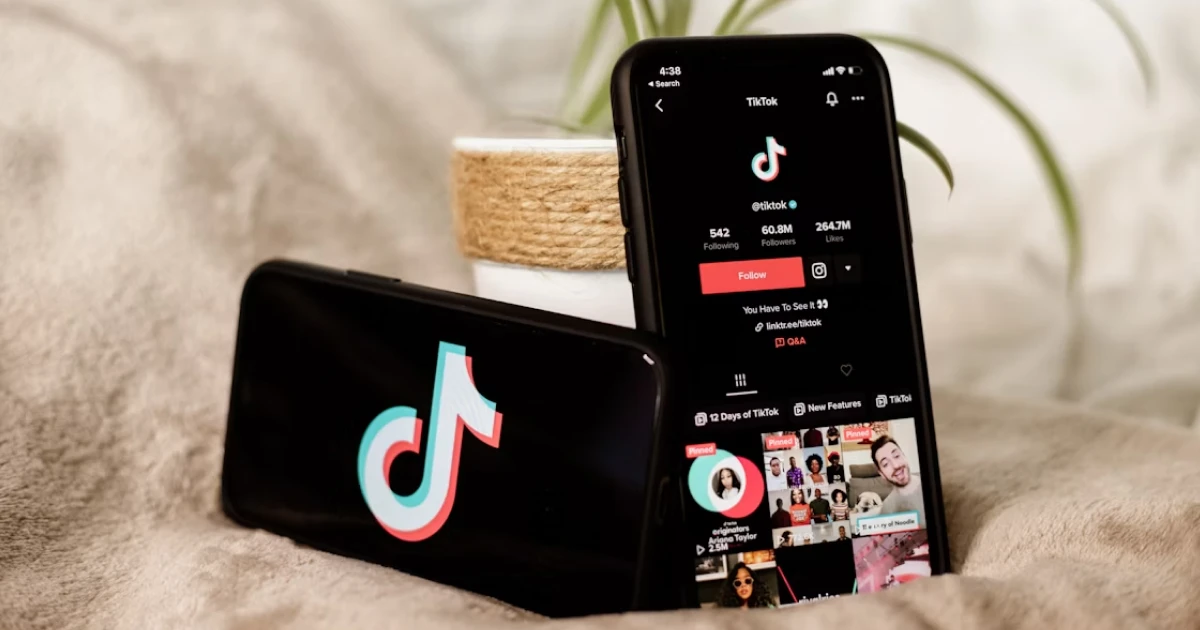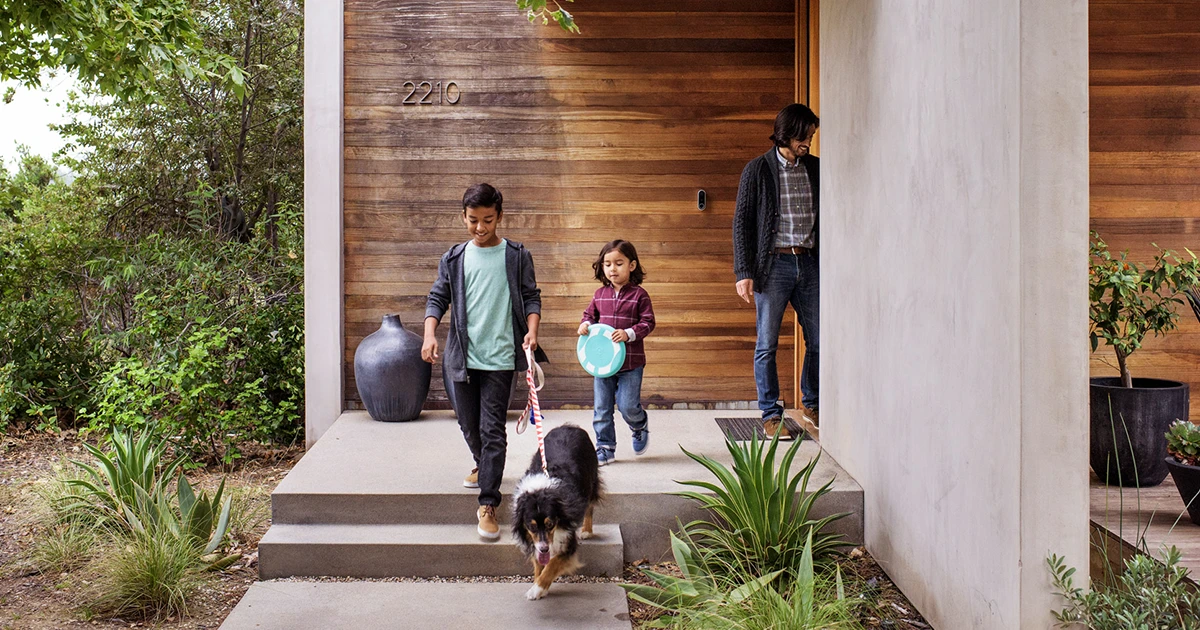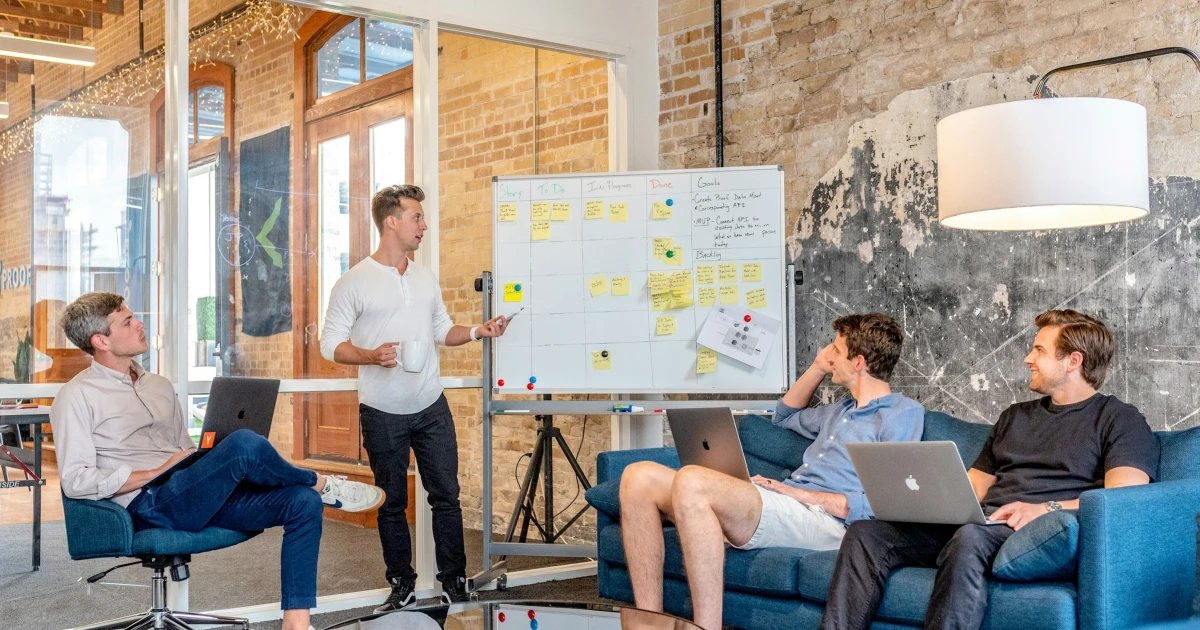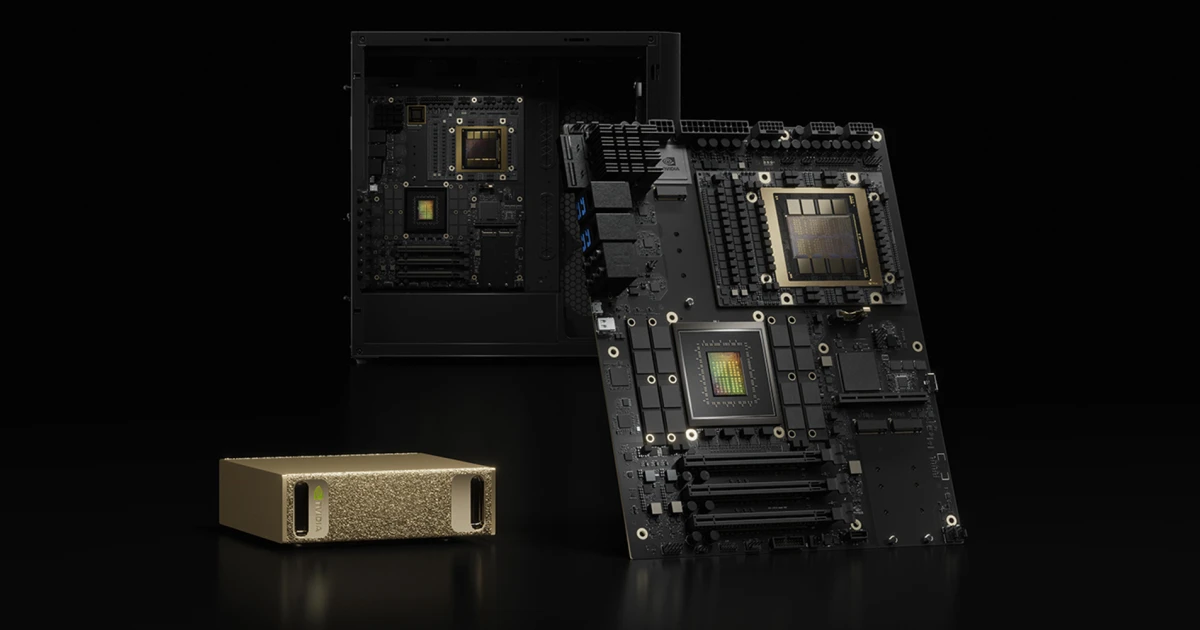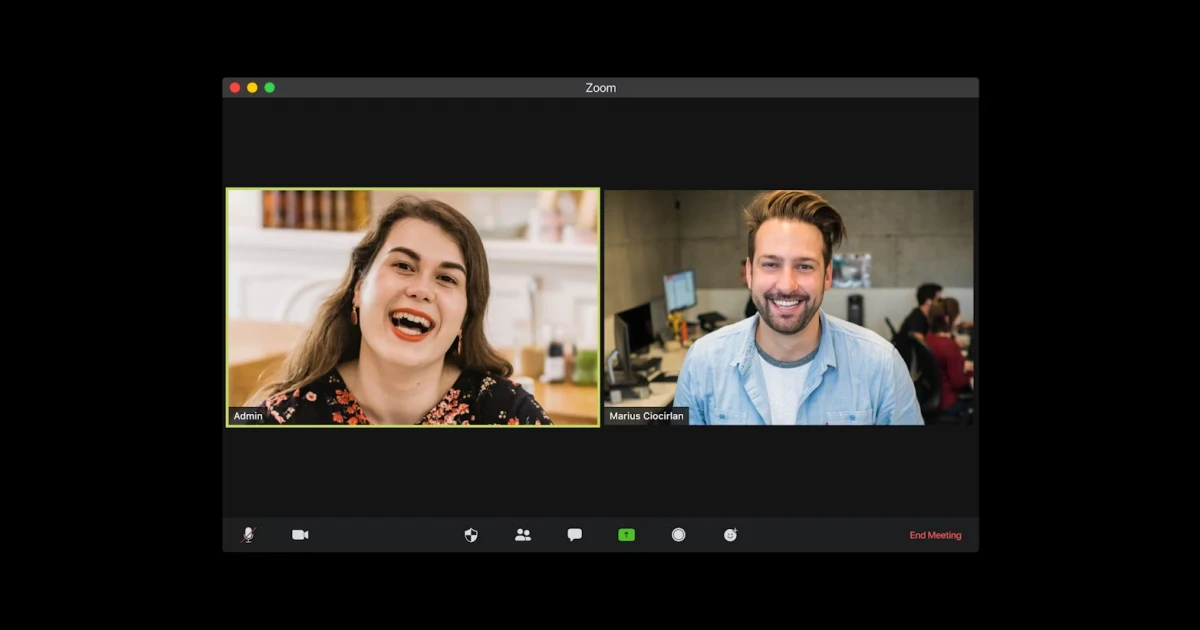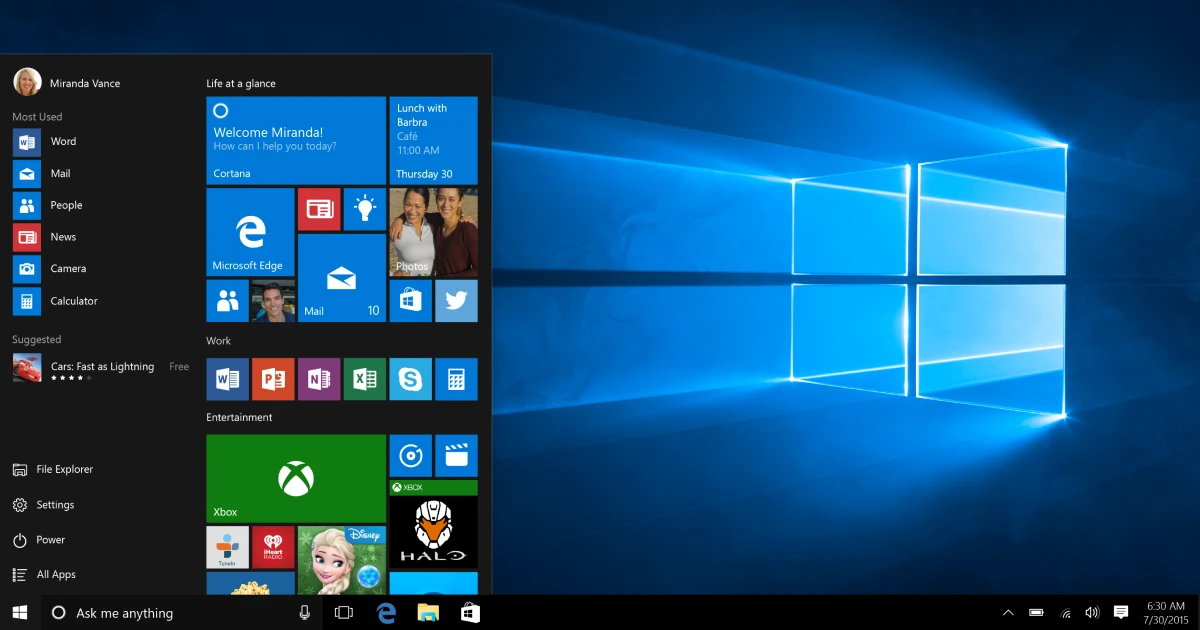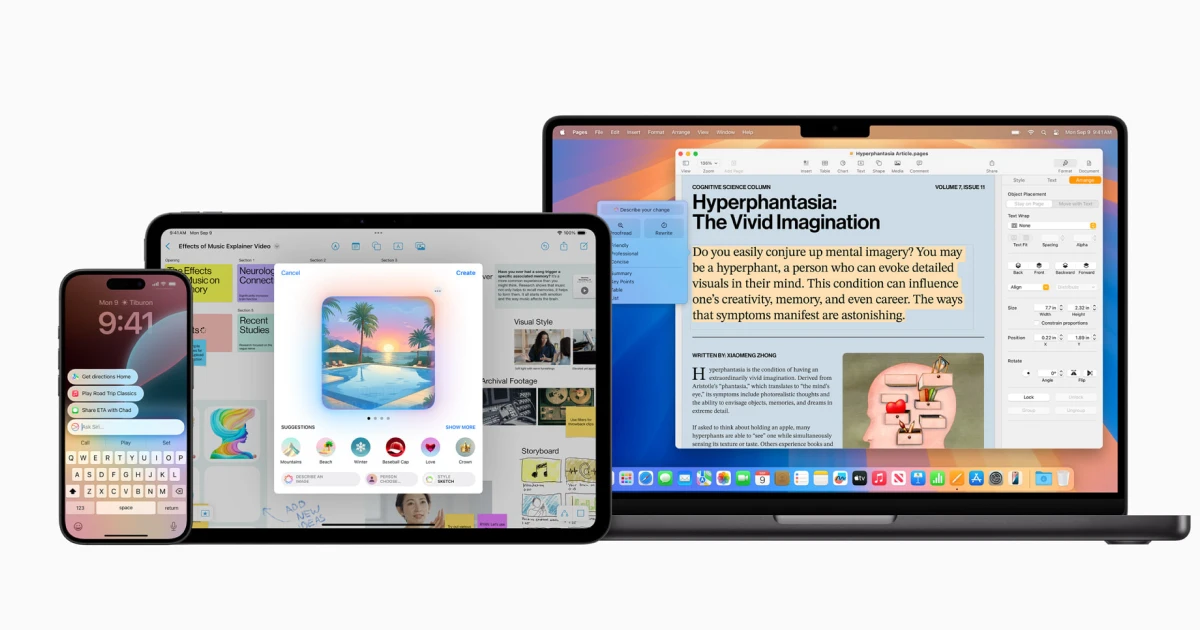King Umberto I and Queen Margherita of Savoy wanted to try the food of the people and ate pizza. As the story goes, later on, the pizza that they ate was named after the queen herself - Pizza Margherita.
Food is a basic need - we all know that. But lifestyle aspects can interfere with the convenience of preparing a meal at home and therefore food delivery was inevitable as our society grew busier. So, in India in the early 1890s, they came up with the first food delivery man! It was called Dabbawala - the man who carries the box.
Within a few years, Chinese food delivery started to spread in the United States in the 1920s. And in the ‘50s restaurants started to take food delivery more seriously. As a matter of fact, the idea took off because of the TVs that were becoming common in every house. After a long day of work, you could have come home, ordered in, and watched TV. The dream right?…
And this concept continued spreading in every part of the world!
In 1954 food delivery started to evolve in Great Britain as well. Meals On Wheels was a charity campaign that helped people with limited access to food supplies and, later on, spread to other countries. The ‘60s were responsible for the improved speed of food delivery. Domino’s came up with the guarantee that pizza would be delivered in 30 minutes or less. And, sometimes the delivery men were unable to get to the locations in such a short time. So, this led up to some lawsuits. Later on, in the ‘90s, Pizza Hut launched Pizzanet. This was the first form of an online delivery site and if you didn’t know - it’s still up and running.
But do you know which was the first actual food delivery service…
Well, it was called World Wide Waiter, now known as Waiter.com and it was released back in December 1995.
Believe it or not, the reason why this food service exists is that the founders, two Stanford University graduates, couldn't fax their usual go-to restaurant their food order. So, they came up with a brilliant idea - why not order food on the Internet? They started pitching this idea to some restaurants in Stested delivering food using a drone in Singapore in 2020ilicon Valley, and to their surprise, it actually worked! Before they knew it, the site staying on our toes and preparing for anything was crucial to up and running, and restaurants were categorized by cuisine type. Anyone with internet access could have used it.
As we started looking at a more futuristic and technologically advanced society, food delivery apps became more acknowledged and accepted, with company names like Grubhub (2004), FoodPanda (2012), DoorDash (2013), and Uber Eats (2014) becoming food industry’s norm for convenient delivery. Nowadays, a food delivery app gives us access to everything we need. From groceries, flowers, and even medical products. Everything we need is just one click away!
But is there another milestone we’re heading towards? It sure looks like it, since drones and robots are evolving at a high pace. In fact, FoodPanda has already tested delivering food using a drone in 2020 in Singapore, which turned out great. To no one’s surprise, the first order they delivered was a 5-pack order of fried chicken. And it only took 10 minutes for the pack to reach its 3kms away destinations. We’re talking about real efficiency and speed, and as the technology that stands behind drones and robots evolves, food and objects will be delivered to places that are nowadays inaccessible in a convenient way by a contractor delivery guy.
Not to mention that Grubhub has partnered with Starship and already launched a project through which more than 17.000 people at the University of Notre Dame benefit from robot-powered delivery. The fleet of wheeled robots is very appreciated by people and they can deliver through any weather conditions with the same level of productivity. Imagine where we’ll be in the next few years. Innovation is just as inevitable as food delivery services.
In our fast-paced world, it's crucial to stay on our toes and be prepared for anything. Luckily, food delivery apps have our backs and make it easy for us to grab a bite, even when we're short on time or just appreciate the convenience. They're the reliable safety net that we can count on when we need them most.




.webp)

